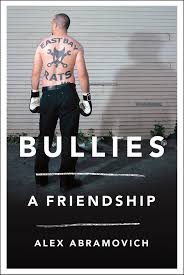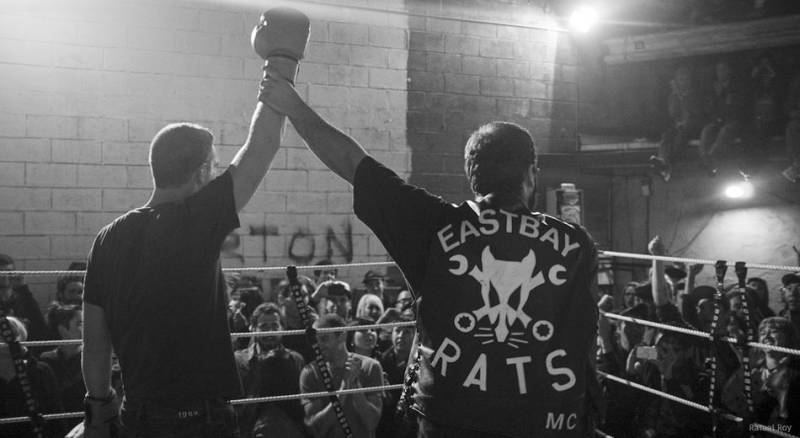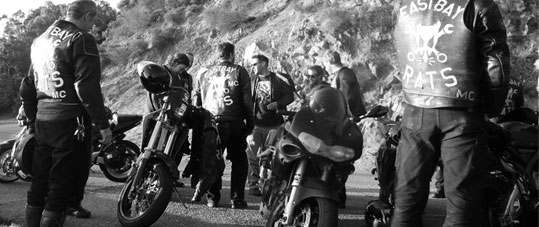“This country was born in blood,” writes Alex Abramovich toward the end of his new memoir, Bullies: A Friendship. For any woman that has ever given birth, being born in blood is no surprise. Why wouldn’t the United States be born in blood? People are born in blood every day, and honestly, maybe that’s the original trauma that few of us manage to transcend.
Blood, and violence, its steady companion, are omnipresent in Bullies. But bullying and violence make up only part of this surprisingly nuanced book. I arrived at my reading of Bullies somewhat reluctantly, believing I was about to read a book about gratuitous male bonding in a fight-club style environment. But while testosterone and hyped-up masculinity are part and parcel of the story, Abramovich also weaves in fascinating moments from Oakland’s history both in the distant and recent past. Huey Newton, Your Black Muslim Bakery and the trial of Devaughndre Broussard, urban revitalization’s devastating impact on black, working-class neighborhoods, Spanish ranchos, hyphy sideshows and motorcycle gangs are just a few of the seemingly disparate threads that make up this cohesive, engaging story.

Abramovich is excellent at the historical piece. He breaks out of the narrative centered on his unlikely friendship with Trevor to analyze the influence of media — Life magazine photographs and the Marlon Brando movie The Wild One — on the development of “outlaw” motorcycle gangs in the 1950s. Plus, he explores thoughtfully the relationship between WWII and labor struggles to motorcycle gangs, and how they became a source of community and brotherhood for returning soldiers who missed the fraternity and adrenaline of war. He writes about the deep impact of urban renewal initiatives on the West Oakland landscape; the way that urban renewal, in a way, in responsible for the development of areas like Ghost Town.
So what is the story exactly? It starts when Abramovich, a writer living in New York, stumbles across recent information about a former bully on the internet. Trevor Latham is his name. Abramovich had gone to school with Latham in Long Island, and has never been able to shake memories of being beaten up by Latham before school, after school, during school. There had been other bullies, but Trevor was the one he remembered. He discovers that Trevor lives in California, Oakland specifically, and is the president and founder of the East Bay Rats Motorcycle Club. Abramovich pitches a story to GQ about the East Bay Rats and this as-yet-unrealized meeting with his former bully, the pitch is accepted, and Abramovich heads out to California. He’s been emailing with Trevor, and they are finally scheduled to meet at the Ruby Room in downtown Oakland, where his former nemesis works as a bouncer and general manager.



